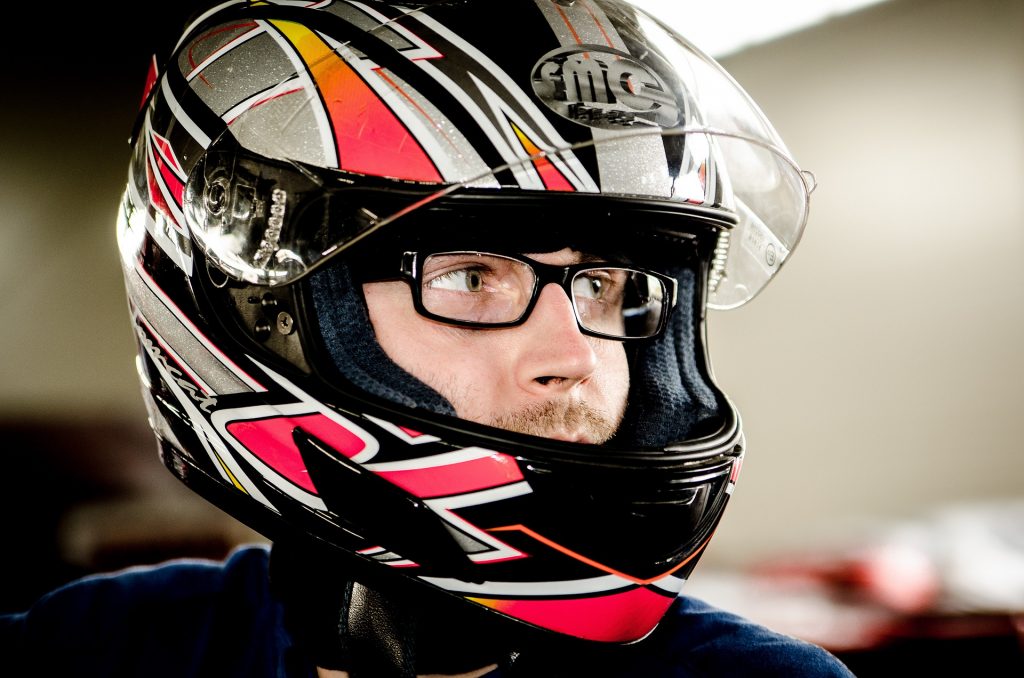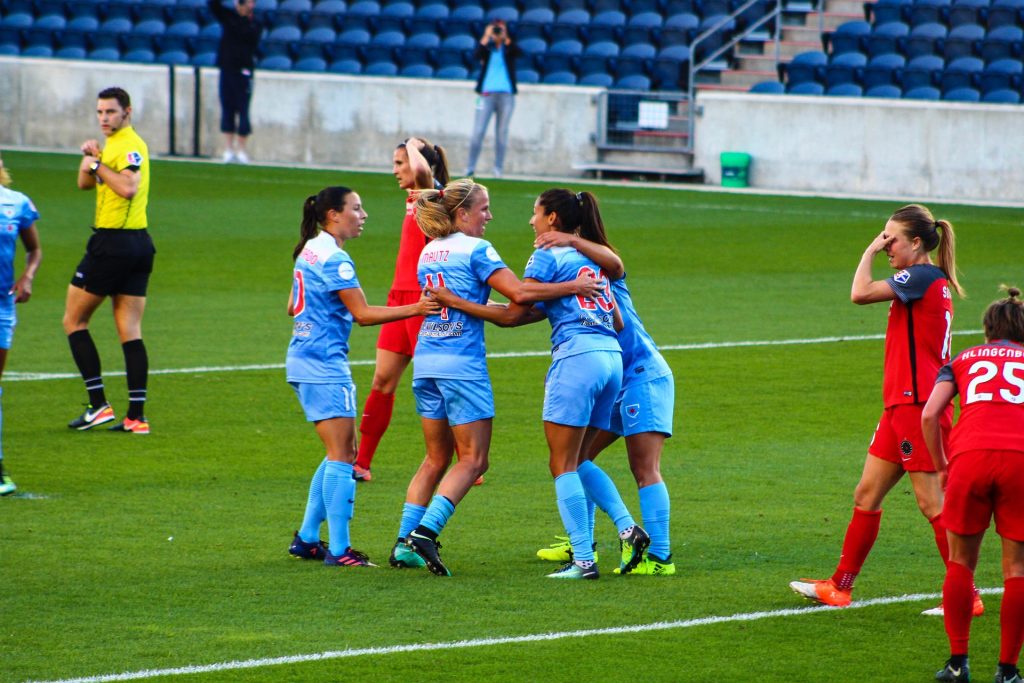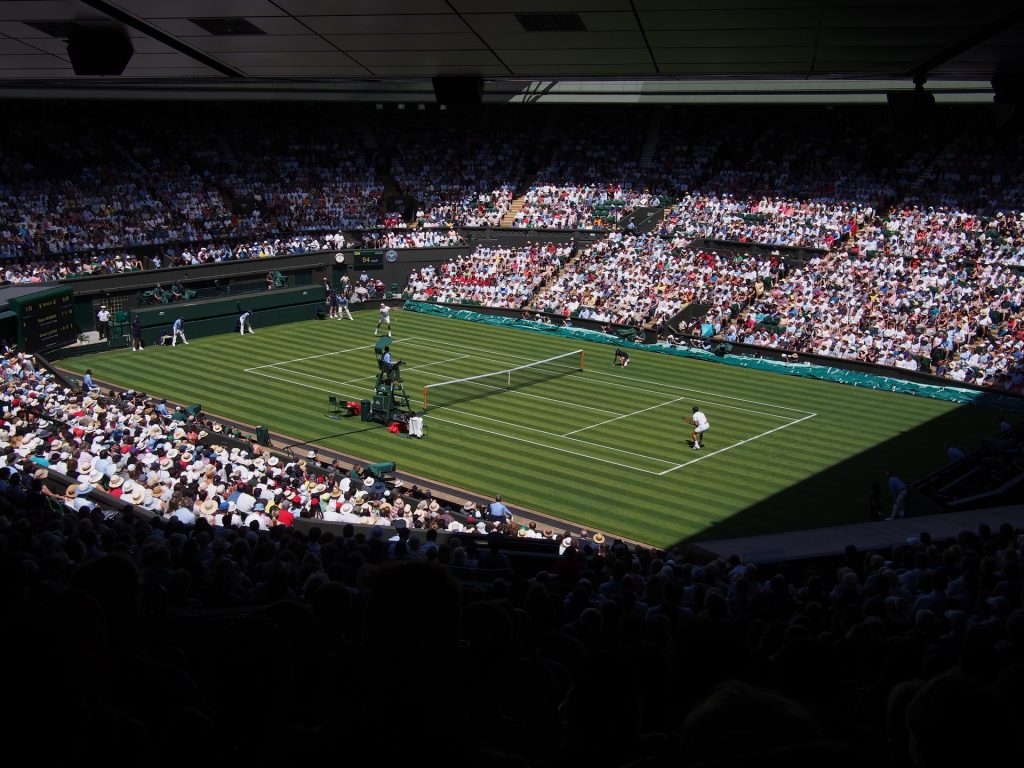Why Is Health And Safety Important In Sport?

Sport and sporting events connect people all around the world. For everyone to enjoy these spectacles safely, safety in sport is paramount. The benefits of participating in various sports are well-known, and the connections formed by supporting a team or athlete can be incredibly rewarding. Governing bodies, regulators and organisations go to great lengths to manage health and safety in sport for the good of teams and spectators alike.
As is the case every year, 2025 has some huge sporting events in the calendar. The Women’s Euros will dominate the summer season, and the World Athletics Championships will have us glued throughout September. Let’s look at how health and safety in sport is approached and the hard work behind the scenes that makes these historic occasions a success.
What Is Health And Safety In Sport?
Health and safety in sport aims to provide a safe environment for everyone. All workplaces have a duty of care towards employees, customers and guests under the Health And Safety At Work Act 1974. Sport might be considered a leisure activity, but in many cases is a place of work. This means that many of the same policies and procedures relevant to workplace health and safety can be applied.
For specific events and activities, a specialised health and safety risk assessment is used to identify potential hazards. The Health And Safety Executive (HSE) also has tailored guidance about running an amateur sports club or organisation to keep people playing at all levels safe.
Managing Health And Safety In Sport
There are several bases to cover for managing health and safety in sport, including:
1. Clear Rules And Boundaries
With any sport, the rules, boundaries and regulations are essential. Not only do they inform everyone of what is and isn’t allowed, but they are also used to keep people safe.
If we look at health and safety in football, for example, certain tackles are not allowed as they are more likely to cause injury to players. Similarly, high tackles in rugby could lead to serious accidents, and failing to obey the rules of overtaking could result in dangerous collisions during the Tour De France.
The rules of every sport have evolved over the years to make the spectacle more enjoyable for fans and safer for participants.
2. Using The Right Safety Equipment

Using the right equipment can help athletes stay safe and uninjured, in both training and competition.
Body protection, such as helmets or shin guards, are a great example. These used to be a one-size-fits-all, but as we gained more understanding of the importance of safety in sport, there are now a range of options for every size and shape, as well as custom units.
Even something as seemingly simple as the type of ball in football and rugby can make a difference. The material used, the amount of air inside it, and other factors can change the dynamic and flow of a match, as well as how safe the ball is to use.
Health and safety in sport requires that every piece of equipment is thoroughly checked and tested before use to make sure it won’t fail or cause injury.
3. Appropriate Facilities
As each athlete and team seeks better results, they require better facilities. This helps with training and learning, as well as improving their mental wellbeing.
Health and safety in football has evolved massively and is a good example of this. Not only are stadiums now large enough for a huge number of fans to enjoy matches safely – thanks to multiple exits, evacuation procedures and trained staff – but training facilities include dedicated staff and equipment to keep athletes safe and in good health. This includes fitness equipment, medical staff, nutritional experts and more.
For athletes who train or compete in a gym environment, health and safety in the gym is also crucial to avoid injuries during training and for optimum performance when competing.
4. Learning And Improving
The goal of every athlete and sports team is to win and do better than before, but this attitude doesn’t end there, and can also be extended to safety in sport.
While health and safety risk assessments can help to reduce the risk of accidents, an accident investigation can make sure that the right lessons are learned should an incident take place.
These should be thorough and all documentation should be meticulously maintained. This ensures that actions are clear and easily implemented, and is the easiest way to improve conditions for everyone, no matter the situation or setting.
What Is A Risk Assessment In Sport?
A risk assessment in sport is a process used to identify, evaluate, and minimise potential hazards that could cause injury or harm to athletes, coaches, officials, or spectators. It involves assessing risks associated with facilities, equipment, and activities in order to support a safe environment for everyone.
Here is an overview of what to include when compiling a risk assessment in sport:
- Identify hazards – Recognise potential dangers such as faulty equipment, uneven surfaces or dangerous heights
- Assess the risks – Determine the likelihood and severity of harm from each hazard
- Control measures – Implement actions to reduce or eliminate risks; for example, regular equipment checks, first aid training and ground inspections
- Record findings – Document the risks identified and the safety measures taken
- Review and update – Regularly revisit and revise the assessment to keep it up to date
For sporting competitions or tournaments, you will need a new risk assessment for every event, as the risks will vary according to the activity, arena and number of people involved.
The Importance Of Health And Safety In Sport
While it might not be the most glamorous aspect, health and safety in sport is crucial for the participants and spectators. All sports have benefited from improvements to rules, regulations, equipment and facilities that have bettered the health and wellbeing of everyone involved.
These changes are brought about by health and safety legislation and ripple through all levels of a sport.
Here are some examples of how health and safety in sport has changed things for the better:
1. Football

The Women’s Euro 2025 competition means the spotlight is firmly on the Lionesses, and their incredible success in the competition is a sign of how far the sport has come.
Health and safety in football has seen big changes over the years to improve player and fan safety, from the inclusion of medical staff at matches to on site defibrillators and specialist staff at arenas.
In such an intense competition, players can often push themselves too hard, or suffer from injuries. In the past, this could lead to long recovery times as players pushed on when they should be resting or receiving treatment. At worst, it could bring an early retirement. Player welfare – and team success – depends on players being fit and well, which is why so many advances have been made.
On the spectator side, health and safety in sport means risk assessments are carried out regularly to make sure stadiums and facilities are able to handle the large number of fans who attend. Crowd control, fire escape routes,and exits need to be inspected regularly to reduce the risk of hazards.
This work continues. Currently, the Football Association are concerned with the impact of head injuries in later life and are trialling a ban on heading the ball for younger players.
2. Tennis

Wimbledon has long been one of the biggest sporting events of the British summer.
Often seen as an individual sport, the facilities at Wimbledon have evolved to ensure that athletes can stay in top condition as our knowledge of safety in sport has improved. This includes practice courts – to account for the grass surface – fitness equipment, and medical staff for any injuries.
Some courts have roofs that can be closed to protect players and fans from bad weather, which can otherwise increase the risk of injury inside the courts. There are also strict rules on what can happen when – such as when people can enter or exit a court, when players can request trainers, when play is stopped or resumed after rain, and even when spectators can make noise! This is to ensure a positive atmosphere for everyone, while limiting blockages at exits or slowing down emergency responders when needed.
In recent years, it has become acceptable to seek medical help during a game without retiring from the match. This improves player health and wellbeing while providing a better show for all viewers.
3. Formula 1

Formula 1 is one of the premier forms of motorsport, attracting global attention on every race weekend. Every racing driver understands the risks involved, but thankfully the mortality rate has dropped significantly over the years as our knowledge of safety in sport increased. The cars undergo rigorous safety tests to keep drivers safe and are designed to come apart in certain conditions.
New and improved race suits saved a driver engulfed in flames in 2020. In previous years, cars have landed upside down and even just 20 years ago, this kind of incident could have been fatal. A key safety feature, named the Halo, has provided better head protection while ensuring the cars remain open-topped, which has hugely enhanced safety for drivers.
These safety features are even transferred to everyday road cars in time, from better structures and seatbelts to improved brakes and engine controls.
What Else Can Be Done To Improve Health And Safety In Sport?
Across every sport, more can be done to improve the wellbeing of everyone involved. This includes players or athletes, staff members, fans, and everyone else connected to it. Health and safety in sport is an evolving topic, and as our understanding of people, processes and technology improves, so will safety measures.
Risk assessments are a tool to highlight potential risks in a specific setting, but it’s important to learn the right lessons when incidents do occur. Thorough accident investigations, health and safety audits and updated health and safety regulations can help in any workplace, but are especially important in sport due to their high-profile natures.
If you’d like to know more about improving health and safety in any workplace, or how to implement changes to benefit the wellbeing of employees and customers, then get in touch with the experts at Rhino Safety.
